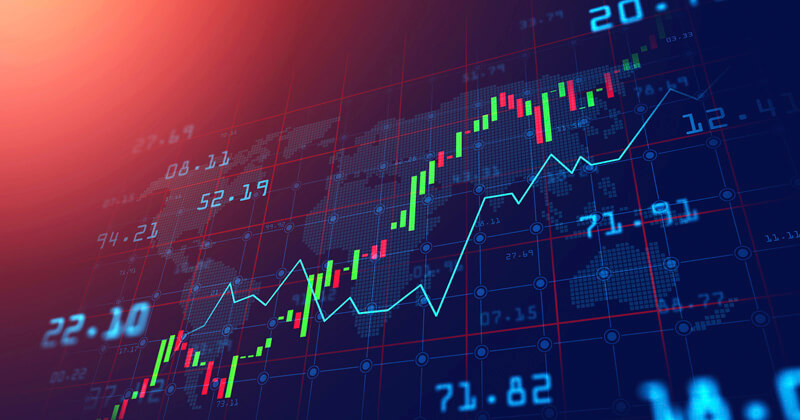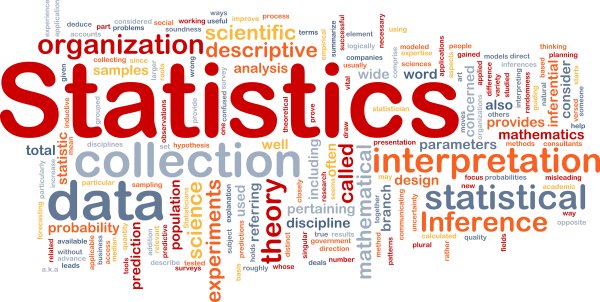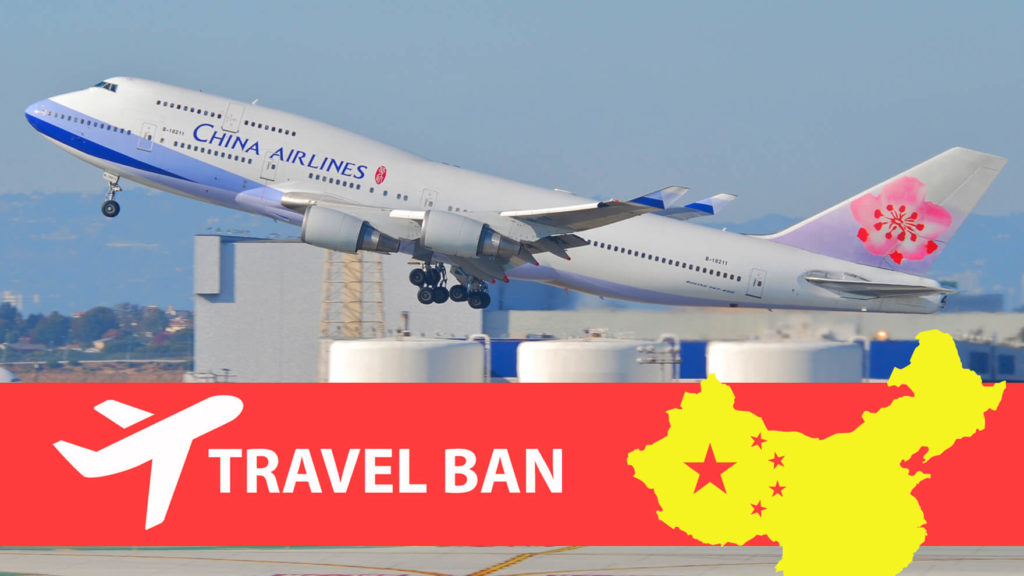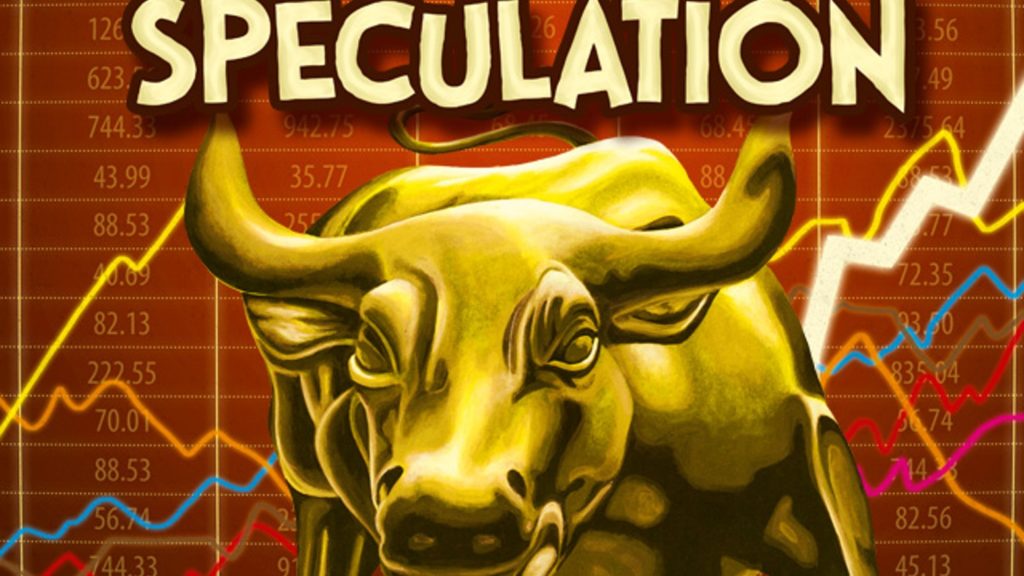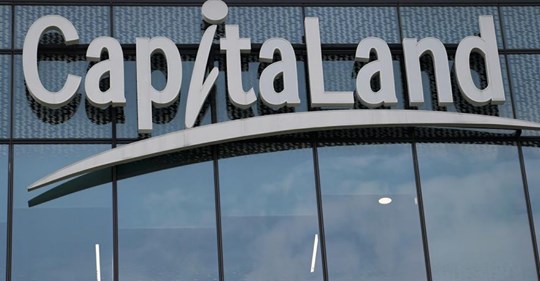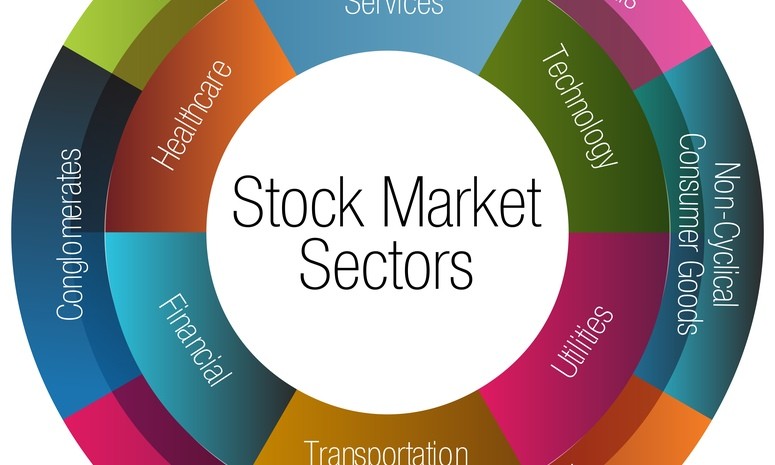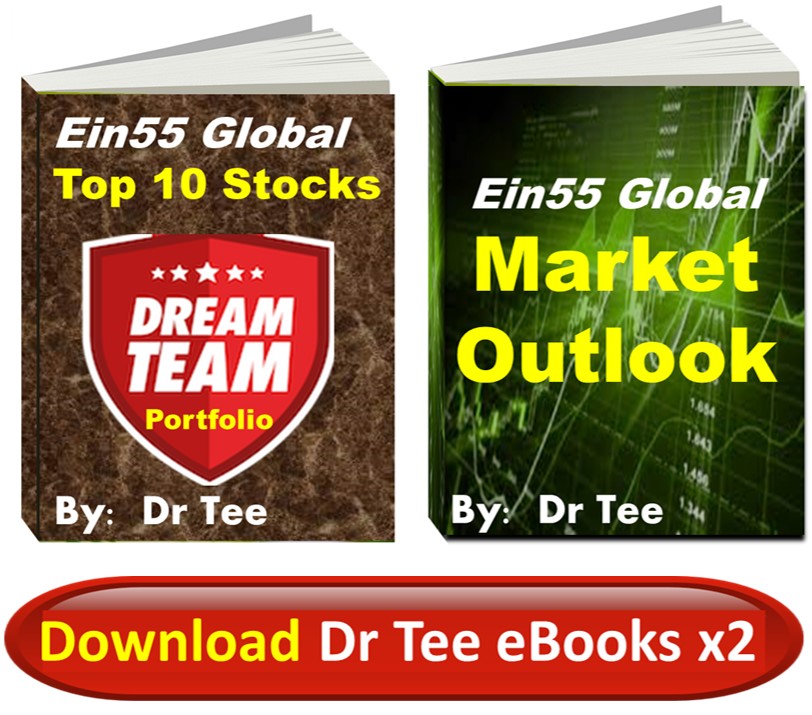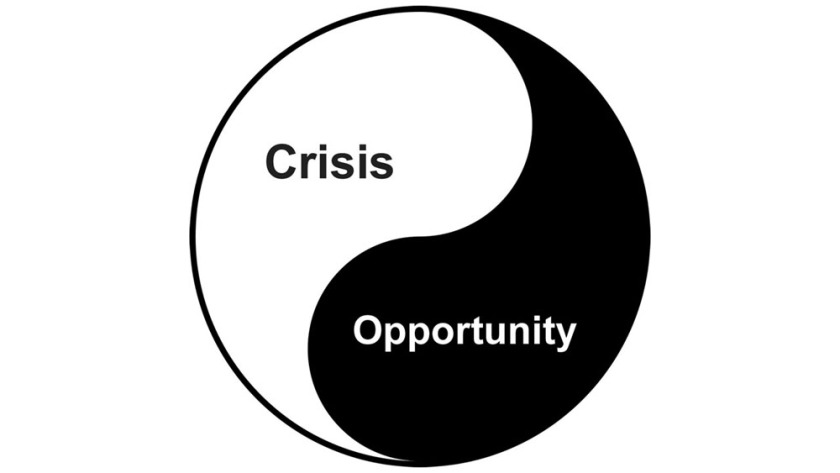
8% drop in China stock market yesterday seems significant but this is actually accumulation of 10 days of market fear since 24 Jan 2020 (eve of Chinese New Year).
Comparing with US S&P 500 and Singapore STI within the same period (about 3% correction), therefore additional correction due to fear of China coronavirus condition is about 8 – 3 = 5%.
More countries may follow one another to ban travelling from China. Despite fatality rate outside China is very low (only 1 death) but Coronavirus continues to spread further in China, especially in Hubei with limited medical resources.
When one observes a potential crisis with unknown severity, it is safer to exit first as if a shorter investor/trader when there is a reversal signal for individual signal (eg. breaking below short term support or more than X% drop following the trading plan). It is never too late when stock market is recovering to enter again as a short term trader, avoiding buy low get lower for short term.
At the moment, this is just a minor crisis, not yet a lifetime opportunity as in global financial crisis (stock indices could drop more than 50%). Both investors and traders should monitor closely, minimize risks with exit plan and waiting for opportunities to buy low.
When global stock market are at high optimism (over 75%), it is relatively safer to adopt shorter term investing or trading strategies (eg. trend-following) as each month could have new variable in the market (eg. besides Coronavirus, now there is news of H1N1 and H5N1 in other places in China. Later there is US presidential election, as well as next episode of US-China trade war), having potential to trigger the next global financial crisis.
Crisis is Opportunity if one is prepared, eg waiting patiently for price of giant stocks to drop much lower value, having holding power for recovery.
Crisis is Crisis if one simply follows other people’s views (especially mass market), fearful and greedy at the same time, not considering own personality (eg. risk tolerance, reward expectation, holding power, etc).
Stock market is driven mainly by both business fundamental and market emotions (eg. fearful in last 1 month), requiring LO-FTP (Level/Optimism/Fundamental/Technical/Personal) Analysis + BE (Business/Economic) Analysis, integrated to aligned with own personality. More details in www.ein55.com

